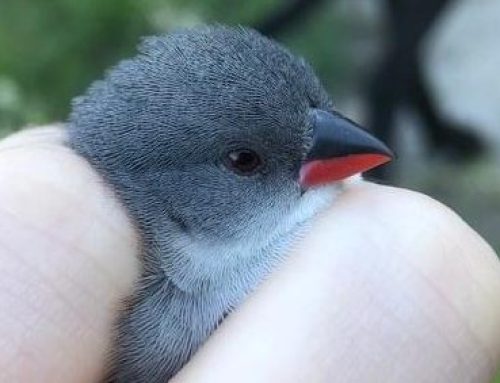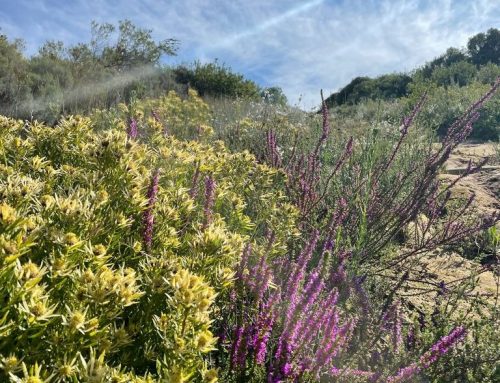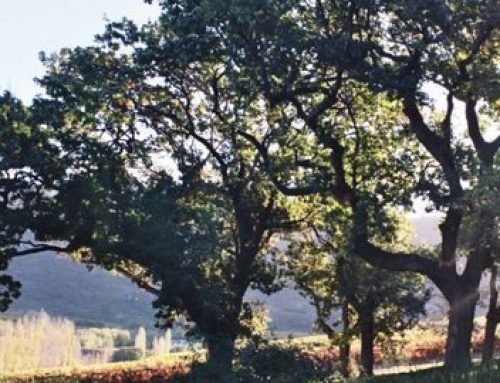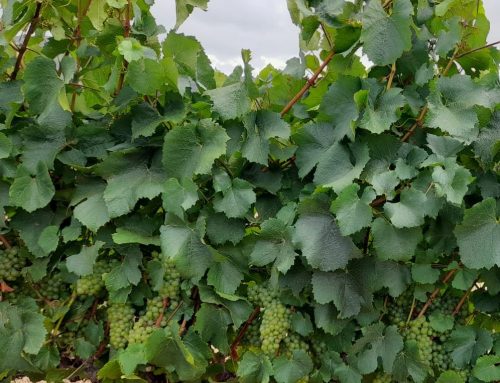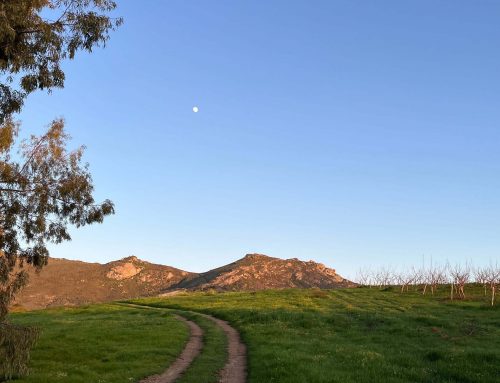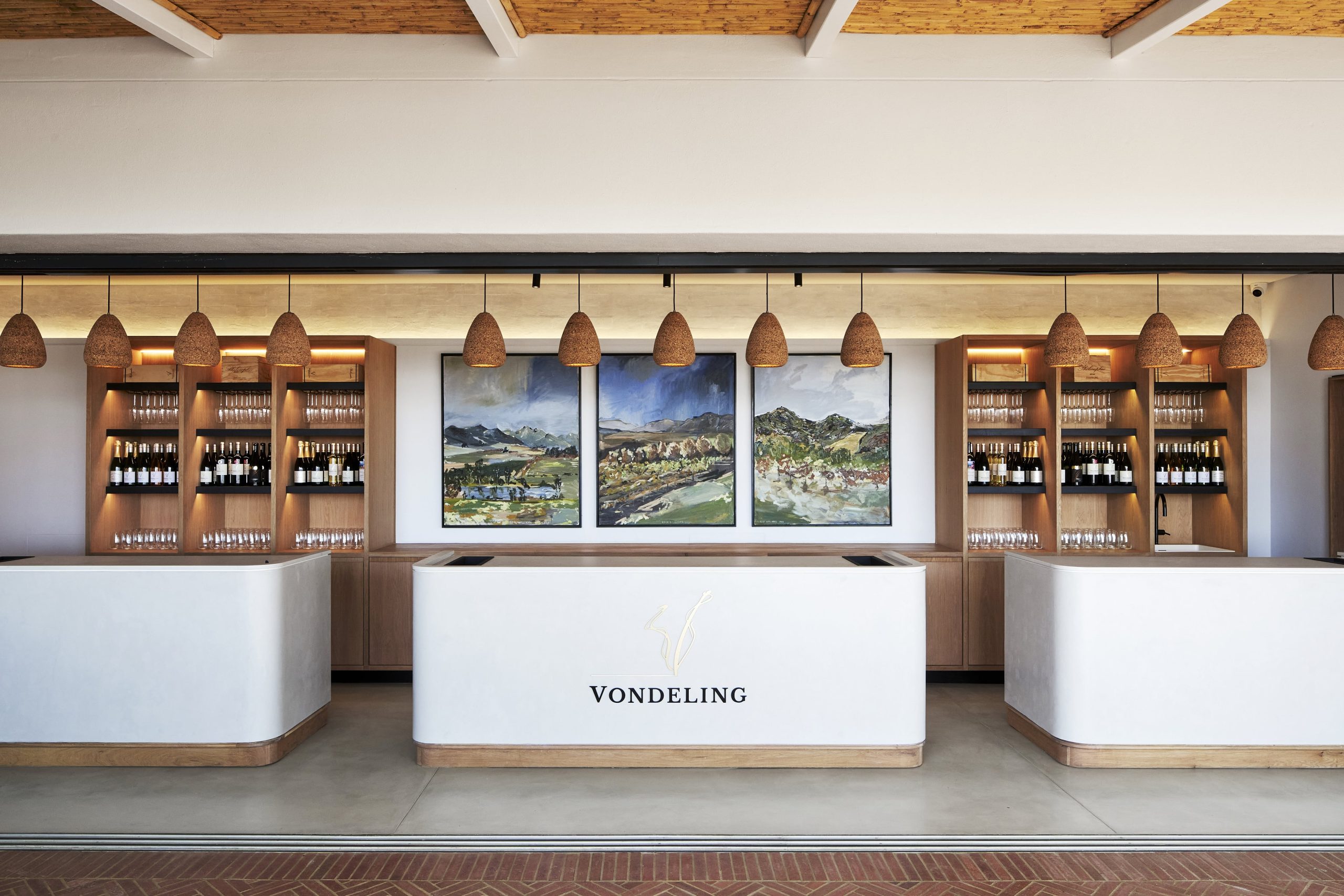The world-wide focus on plastic pollution of the oceans has brought the importance of conservation and sustainability on land into focus again, especially in the field of agriculture. As part of Vondeling Wines’ continuous efforts to reduce its carbon footprint through conservation and sustainable farming, this Voor-Paardeberg wine estate near Paarl has recently converted from conventional electricity supply to solar power in an effort to minimise the estate’s greenhouse gas emissions.
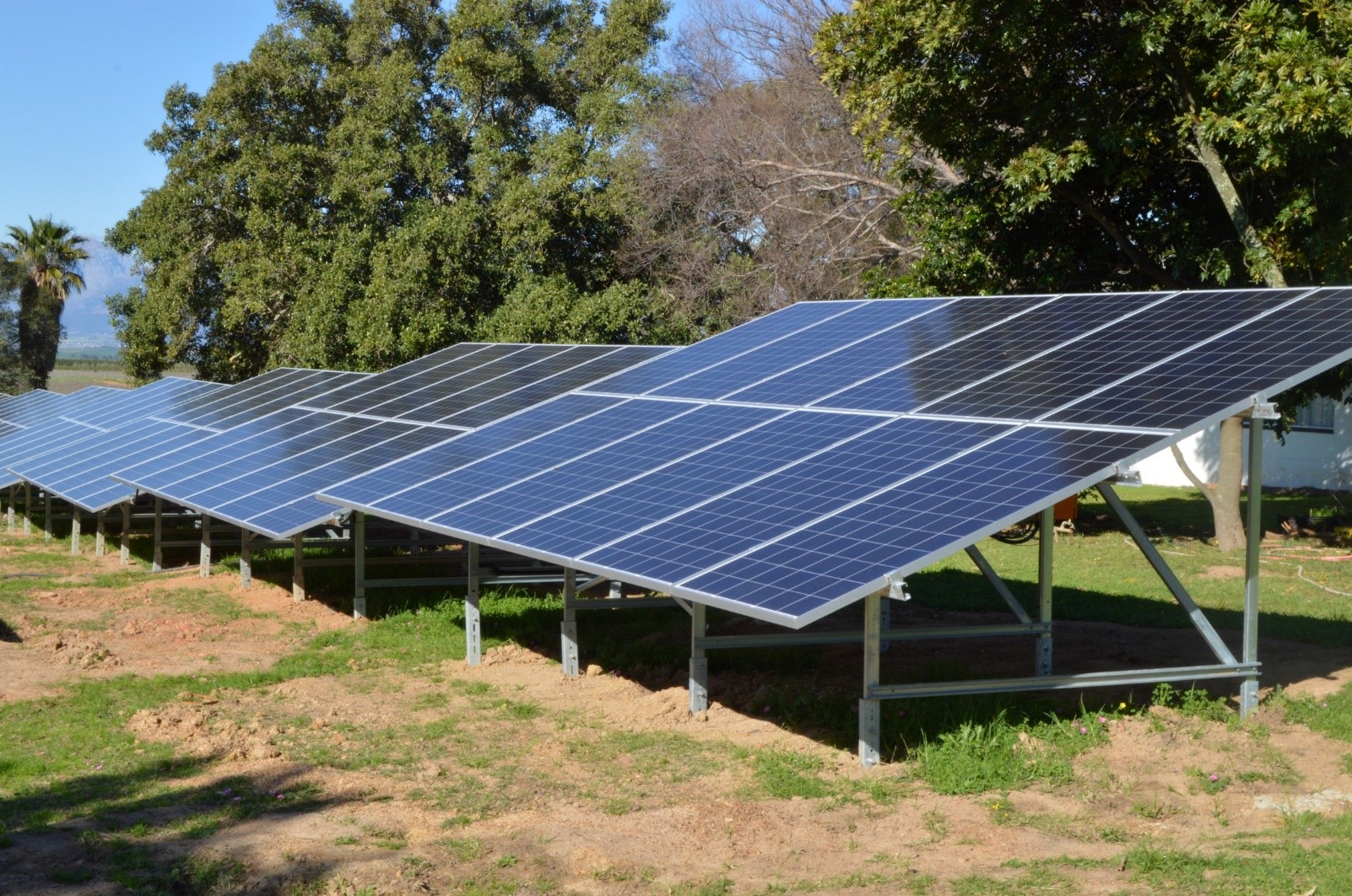
Over 160 solar panels have been installed which will provide Vondeling with 80 200 kWh on average annually. This means that the main wine cellar, bottle store, tasting room/wedding venue, chapel and all staff accommodation will be self-sufficient.
“The solar power is enough to supply all but our highest electrical needs, which take place during hot days at peak harvest,” explains Vondeling Managing Director, Julian Johnsen. “Outside of these times, i.e. during winter and over weekends, we will be completely green. Winter weddings will run 100% on green energy as there is still more than enough sun to cover our winter requirements.”
“The solar PV system will reduce our carbon footprint substantially. We have an APP which enables us to monitor our current usage, how much kW the system is generating, how much CO2 emissions we are NOT pumping into the atmosphere and the amount of crude oil we save. I think it’s pretty cool!”
Vondeling’s commitment to the environment, however, stretches much further than reducing its carbon footprint. As one of the World Wildlife Fund’s 39 Conservation Champions, an exclusive and hard-earned status, this award-winning estate is proudly committed to the environment and, in particular, the conservation of the Succulent Karoo and Cape Floral Kingdom. With 95% of wine vineyards located in the unique habitat of the Cape Winelands, WWF participates in a pioneering partnership between the SA wine industry and the conservation sector.
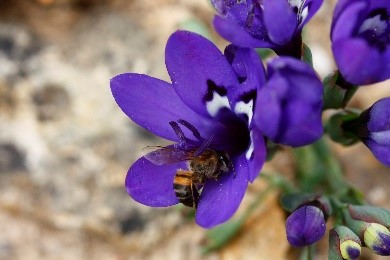 |
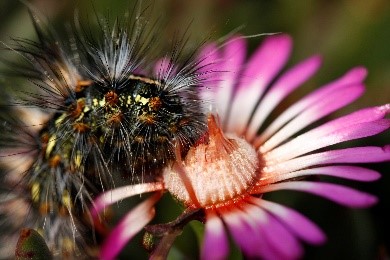 |
In recent years there has been an increasing desire from landowners and farmers in the wine industry to address their environmental concerns in a more holistic manner, well beyond the farm gates. Vondeling is already leading the way by using innovative approaches that take their conservation efforts to new heights.
The Paardeberg Mountain, home to Vondeling Wines, is rich in indigenous fynbos and there are four species that are endemic as well as unique to the area, namely Babiana noctiflora, Erica hippuris, Oscularia paardebergenis and Serruria roxberghii.
Vondeling is actively involved in protecting and preserving the natural habitat of the Paardeberg area. This manifest itself in many ways, from the estate being a Conservation Champion of the WWF, to a fund-raising initiative, CURA, in partnership with WESSA (Wildlife and Environmental Society of South Africa).
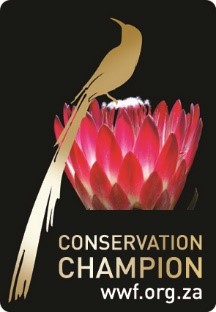
The Paardeberg Sustainability Initiative (PSI) was established by Doctor Bridget Johnsen, Julian’s wife, as a response to threats to the biodiversity and natural resources of the Paardeberg. Following a fire in the Paardeberg in January 2011, a botanical survey was commissioned by the PSI in collaboration with Vondeling Wines to record the plant species growing on the mountain. The post-fire fynbos regrowth was documented for 18 months through plant collections and photographic records. To date, over 900 species in over 70 families have been collected, and approximately 10% of these are listed as endangered. After working 18 months with a botanist and author the result was a book called Fire to Flower: A Chronology After a Wildfire in Fynbos.
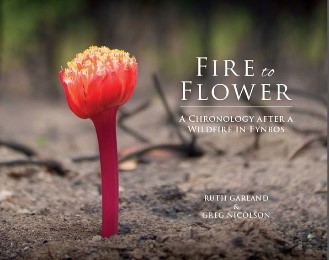
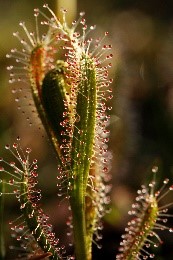
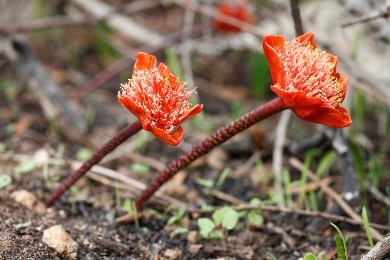
Vondeling’s flagship white wine has been named after one of these red data listed plants, namely the Babiana Noctiflora. In addition, a new species, Micranthus Thereinanthoides has also been discovered.
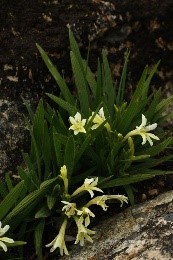 |
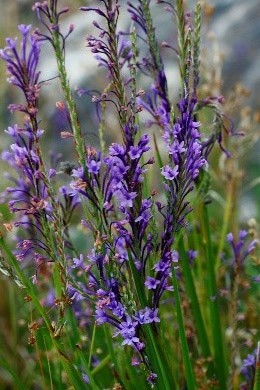 |
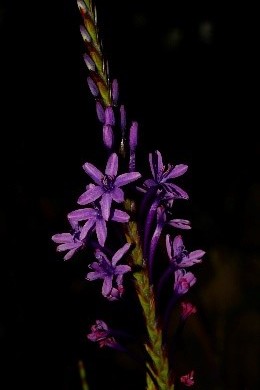 |
||||||||
| Babiana Noctiflora | Micranthus Thereinanthoides | |||||||||

